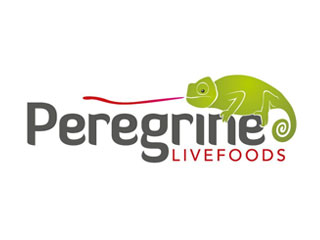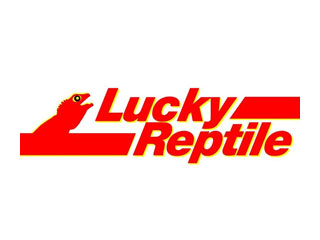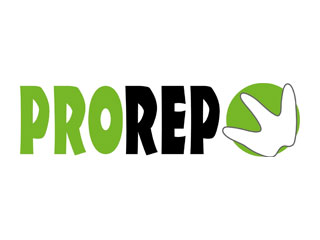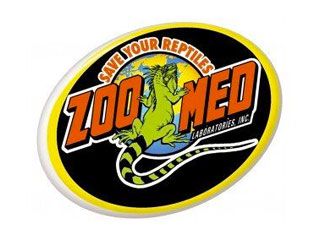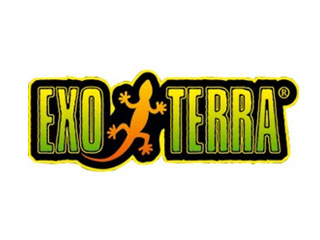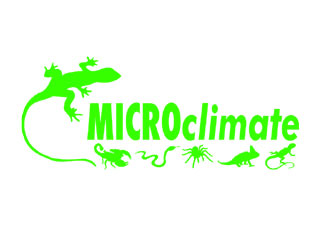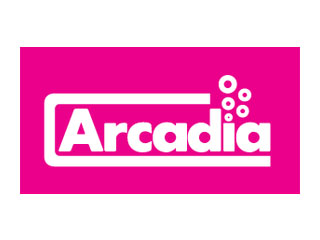Reptile parasites
Parasites can be a major problem depending on the size of your collection and the type of parasite your exotic pet has, treatments are available, these are easy to apply to the infected animal.

How Exotic-Pets.co.uk treats against parasites
Each and every animal is treated differently depending on it's status (CB or WC), where we have sourced these from and if the animal is showing any signs of internal or external parasites.
Any WC lizards that are brought in directly from our sister company are wormed immediately upon arrival. This is normally Panacur (must be purchased at a vets) which is added to the drinking water for three days then repeated ten days later. This should clear the lizards gut of any parasites that may be present. Red mites may also be present on some species, if these are noted they are sprayed upon arrival, this is normally repeated around ten days later if signs of mites are still present.
Any WC snakes that are brought in either from our sister company or other wholesales are treated as a precaution, even if no signs of mites are present. We use a number of mite sprays, each one varies depending on the weight, age and species.
For CB animals, it is very rare that we see any signs of parasites. We still check these over to be on the safe side before delivering to the new owner.
What you should do as a new reptile owner
When you receive your new exotic pet, you should have a quarantine enclosure already set up. Ideally three months should be given for WC animals, less time given for CB stock.
If you notice any mites on your animals or believe it may have worms, it is down to you as the new owner to treat accordingly. Just like when you bring home a new kitten or puppy, flea and worming treatment is routine practice, this also applies for exotic pets.
We do our upper best to treat any WC animals before dispatching to you, however it is down to you as the new owner to look into quarantine and treatments upon arrival. We can not be held responsible if you take your animal to a vets and have a large vet bill or if the wrong treatment has been given and the animal becomes ill or dies. We are always here if you need advise and we can point you in the right direction and provide some reptile treatments via our website.
Another precaution to prevent the spread of mites is to always wash your hands between handling different exotic pets. You also want to ensure any enclosures that may have mites are readily cleaned and treated with mite sprays.
Internal parasite (worms) are harder to spot unless you have a fresh faeces sample examined. One main sign of worms is that the animal can feed as normal but not put any weight on. To prevent the spread between animals in the same enclosure, change water if this has been defecated in and do not feed to many crickets or leave them in the enclosure over night. Crickets will happily feed on the faeces of lizards, in turn ingesting the worm eggs. If the cricket are then eaten by the same lizard or another in the enclosure these worms eggs will hatch in the gut of this lizard and start the cycle again. You must treat your animal if you suspect internal parasite or have this confirmed by a vet.
Common parasites in reptiles
We have listed a few of the common parasites along with recommended treatments.
Red Mites
These are very common and are found on most WC animals. They are a small red dot that tend to live around the flaps of skin like vent, arm pits, ears and around the eyes. Treatment should be a mite spray and applied as directed on the bottle used only for reptiles. There are other products available, however, you must read the instructions as some can not be used on animals under a certain weight, over dosage can cause illness and death.
Snake Mites
These are common on WC stock, especially snakes like Royal Pythons. They are a small grey mite that will burrow under the scales. These are normally noticed either when the mites are moving on the snake or by spotting dead mites in the water bowl. There are a number of mite sprays available for reptile use only. You can also try coating your snake in oil, everyday for approximately three days and repeat this every week until you can not see any more mites. You will also need to clean the enclosure with a safe reptile cleaner at least once a week, however daily cleaning would be better to prevent the spread of mites. Any décor should be disinfected and placed in boiling water to kill any mites.
Ticks
Mainly found on WC reptiles including larger amphibians like Marine Toads. We have seen two types, one that looks like a native tick, grey in colour with black legs. The second is a marbled brown tick that seem to be smaller in size, these also have black legs. An easy way to remove these is to use an alcohol based liquid. Dip a cotton bud in the alcohol and place only on the tick, the tick should relax its grip on the animal within a few minutes. You can then use tweezers or a tick remover to pull off the tick. Pull in an upwards motion from under the ticks abdomen. You must remove all the legs and mouth parts, otherwise this can become infected and further treatment may be required.
Internal Parasite/Worms
WC animals are prone to having worms, even CB stock will have a small amount present in the gut. When the animal is put under stress or the enclosure is not correctly set up, the amount of parasites doubles in the gut and are passed out in the faeces. When this happens it is very easy for the same reptile or another animal in the same enclosure to pick up the parasites in two ways. First way is if the infected animal has defecated in the water or secondly if a cricket eats the faeces of this animal and then in turn is eaten by the lizard. You must treat these animals as soon as you noticed any of the signs, otherwise they can go down hill very quickly.



